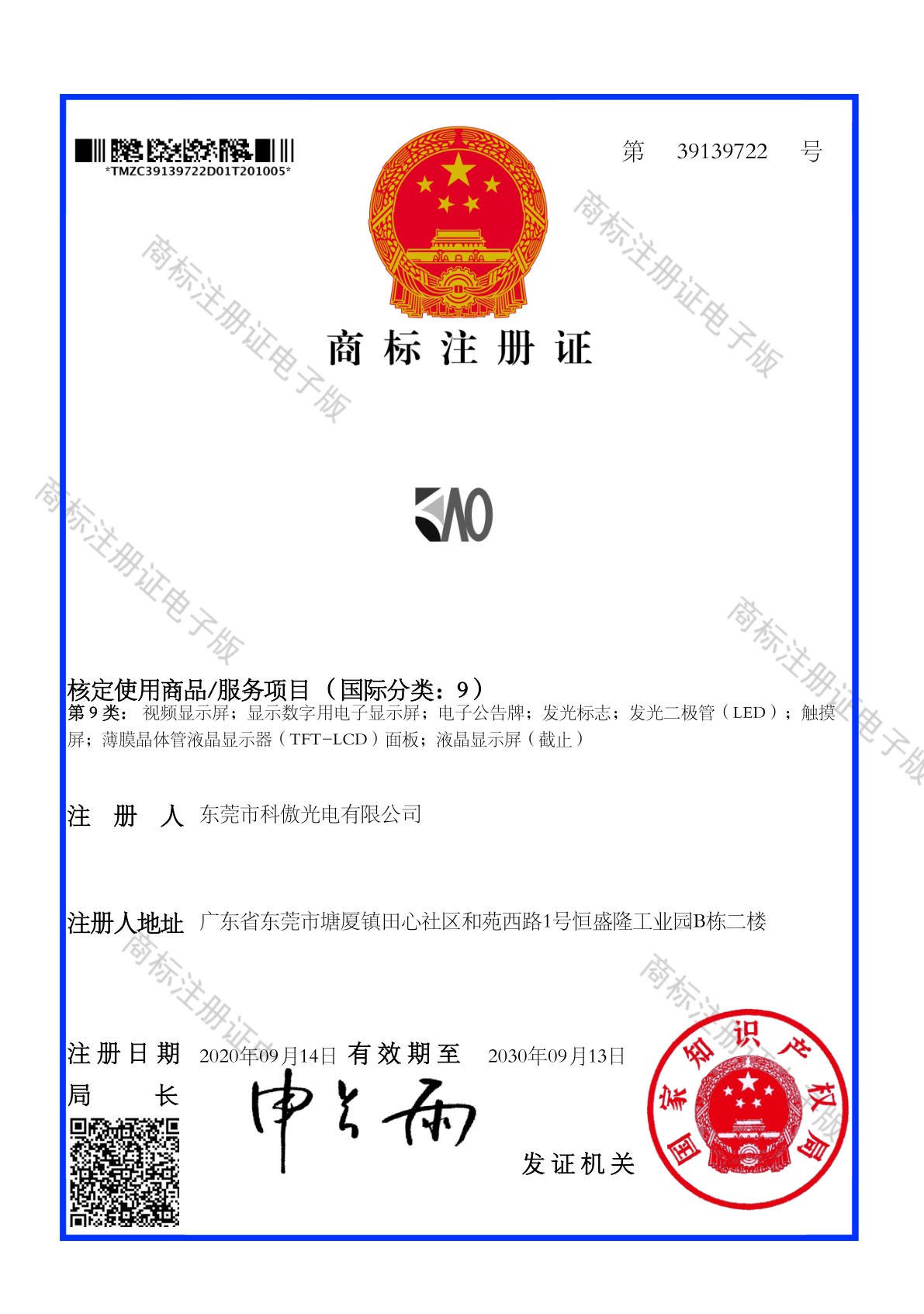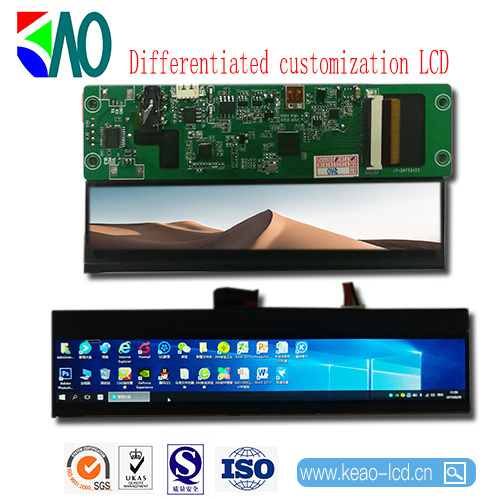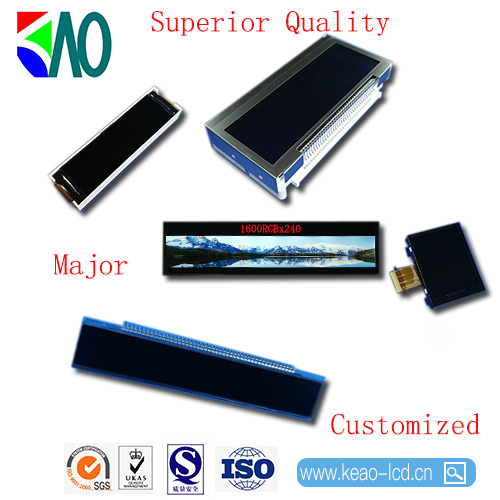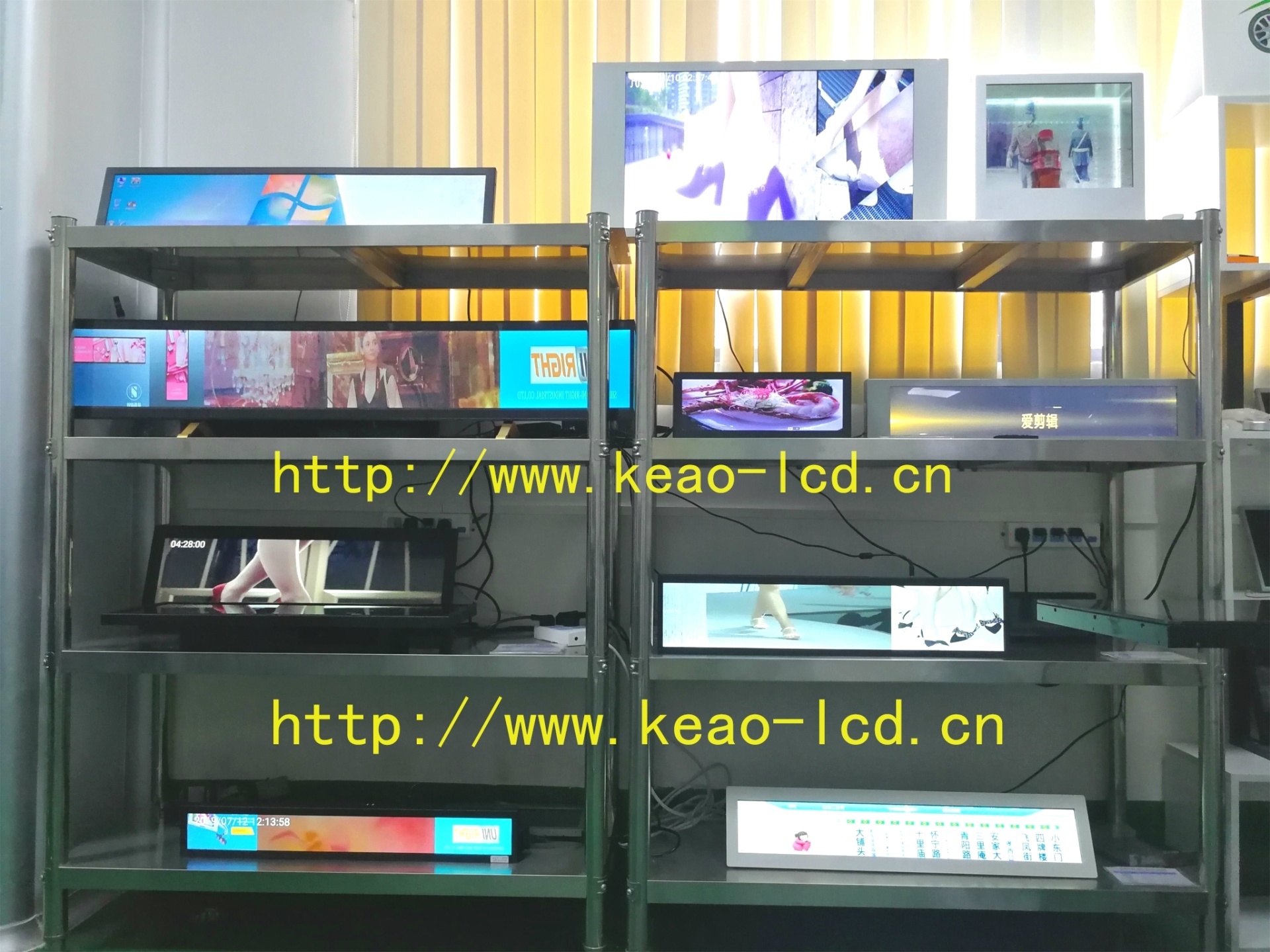Innovative Uses of OLED Display Monitors in Various Industries
Innovative Uses of OLED Display Monitors in Various Industries Table of Contents 1. Introduction to OLED Technology 2. Benefits of OLED Display Monitors 3. Applications in Healthcare 4. Revolutionizing Retail Experiences 5. Enhancing Transportation Systems 6. Innovations in the Entertainment Industry 7. Smart Home Integration 8. Transforming Educational Environment
2025-04-20
Innovative Uses of OLED Display Monitors in Various Industries
Table of Contents
- 1. Introduction to OLED Technology
- 2. Benefits of OLED Display Monitors
- 3. Applications in Healthcare
- 4. Revolutionizing Retail Experiences
- 5. Enhancing Transportation Systems
- 6. Innovations in the Entertainment Industry
- 7. Smart Home Integration
- 8. Transforming Educational Environments
- 9. Conclusion
- 10. FAQs About OLED Displays
1. Introduction to OLED Technology
Organic Light Emitting Diodes (OLED) are revolutionizing how we interact with technology. Unlike traditional LCD screens, OLED displays offer enhanced picture quality, deeper blacks, and greater energy efficiency. This technology utilizes organic compounds that emit light when an electric current is applied, which results in sharper images and vibrant colors. As industries continue to explore innovative applications, OLED technology is proving to be a game-changer in various sectors.
2. Benefits of OLED Display Monitors
OLED display monitors bring numerous advantages to businesses and consumers alike. Here are some key benefits:
2.1 Superior Image Quality
The ability of OLED displays to produce true blacks and a broader color spectrum allows for an unparalleled viewing experience. This is particularly important in industries where color accuracy is crucial, such as design and healthcare.
2.2 Energy Efficiency
OLED monitors consume less power than traditional displays because they do not require a backlight. This energy efficiency leads to lower operational costs and a reduced carbon footprint.
2.3 Flexibility in Design
OLED technology can be made into flexible screens, enabling creative applications such as curved displays and transparent screens, paving the way for innovative products.
2.4 Lightweight and Thin
OLED displays are typically thinner and lighter than their LCD counterparts, making them ideal for modern devices that prioritize portability and aesthetics.
3. Applications in Healthcare
The healthcare sector is one of the most significant beneficiaries of OLED technology. Hospitals and clinics are adopting OLED display monitors for various applications:
3.1 Medical Imaging
OLED screens provide exceptional clarity and contrast, making them ideal for displaying complex medical images. Radiologists and surgeons rely on this technology for accurate diagnostics and surgical procedures.
3.2 Patient Monitoring
OLED monitors are used in bedside patient monitors, offering real-time data visualization in a clear and accessible format. This helps healthcare professionals respond quickly in critical situations.
3.3 Interactive Patient Education
Hospitals are incorporating OLED displays in waiting areas and consultation rooms, allowing for interactive patient education and engagement through visually appealing content.
4. Revolutionizing Retail Experiences
In the retail sector, OLED display monitors are transforming customer engagement and marketing strategies:
4.1 Eye-Catching Displays
The vibrant colors and high contrast of OLED screens capture consumer attention, making them ideal for in-store promotions and advertisements. Retailers can create immersive experiences that enhance brand visibility.
4.2 Digital Signage
Retail environments are integrating OLED technology into digital signage. These displays can showcase dynamic content, such as promotions and new arrivals, thereby increasing foot traffic and sales.
4.3 Enhanced Product Visualization
Retailers are using OLED monitors to provide high-definition product visualizations. Customers can view products in stunning detail, which aids in purchase decisions.
5. Enhancing Transportation Systems
OLED display monitors are making waves in the transportation industry, improving communication and safety:
5.1 Dashboard Displays
Modern vehicles are integrating OLED screens into dashboard displays. These monitors provide drivers with critical information in an easily readable format, reducing distractions and enhancing safety.
5.2 Public Transport Information Systems
Public transportation systems are installing OLED displays in stations and vehicles, providing real-time updates on schedules and routes. This transparency improves customer satisfaction and operational efficiency.
6. Innovations in the Entertainment Industry
The entertainment industry is leveraging OLED technology to enhance viewer experiences:
6.1 Home Theater Systems
OLED televisions are becoming the standard in home entertainment systems. With superior picture quality and immersive colors, they provide an experience akin to cinema.
6.2 Gaming Monitors
Gamers are increasingly opting for OLED monitors for their responsive displays and stunning graphics. The low input lag and high refresh rates are perfect for competitive gaming.
7. Smart Home Integration
As smart homes become more prevalent, OLED displays are taking center stage:
7.1 Smart Mirrors
OLED technology is being used in smart mirrors that can display information like weather, news, and personal reminders while maintaining a sleek appearance.
7.2 Interactive Control Panels
OLED screens serve as interactive control panels for smart home systems, allowing homeowners to manage lighting, security, and climate control with ease.
8. Transforming Educational Environments
Educational institutions are adopting OLED technology to create dynamic learning environments:
8.1 Interactive Whiteboards
OLED displays are being used in interactive whiteboards, allowing teachers to present information in a visually engaging manner, improving student participation.
8.2 Digital Learning Tools
Students benefit from OLED monitors in digital learning tools, which provide high-quality visuals that facilitate better understanding of complex topics.
9. Conclusion
OLED display monitors are revolutionizing various industries by providing superior image quality, energy efficiency, and innovative design possibilities. From healthcare to entertainment, these displays enhance user experiences and operational efficiency. As technology continues to advance, we can expect even more groundbreaking applications for OLED displays in the future, confirming their status as a pivotal element in modern technology.
10. FAQs About OLED Displays
What is an OLED display?
An OLED (Organic Light Emitting Diode) display is a type of screen technology that uses organic compounds to emit light when electricity is applied. This allows for high-quality images with deep blacks and vibrant colors.
What are the advantages of OLED over LCD?
OLED displays offer superior color accuracy, deeper blacks, faster response times, and greater energy efficiency compared to traditional LCD displays.
Are OLED displays energy efficient?
Yes, OLED displays are more energy-efficient than LCDs because they emit light directly and do not require a backlight, leading to reduced power consumption.
What industries benefit most from OLED technology?
Industries such as healthcare, retail, transportation, entertainment, smart homes, and education are significantly benefiting from OLED technology.
Will OLED technology replace LCD in all applications?
While OLED technology offers numerous advantages, LCDs still have their place in certain applications due to cost and availability. However, OLED is increasingly being favored for high-end applications.
Related info











